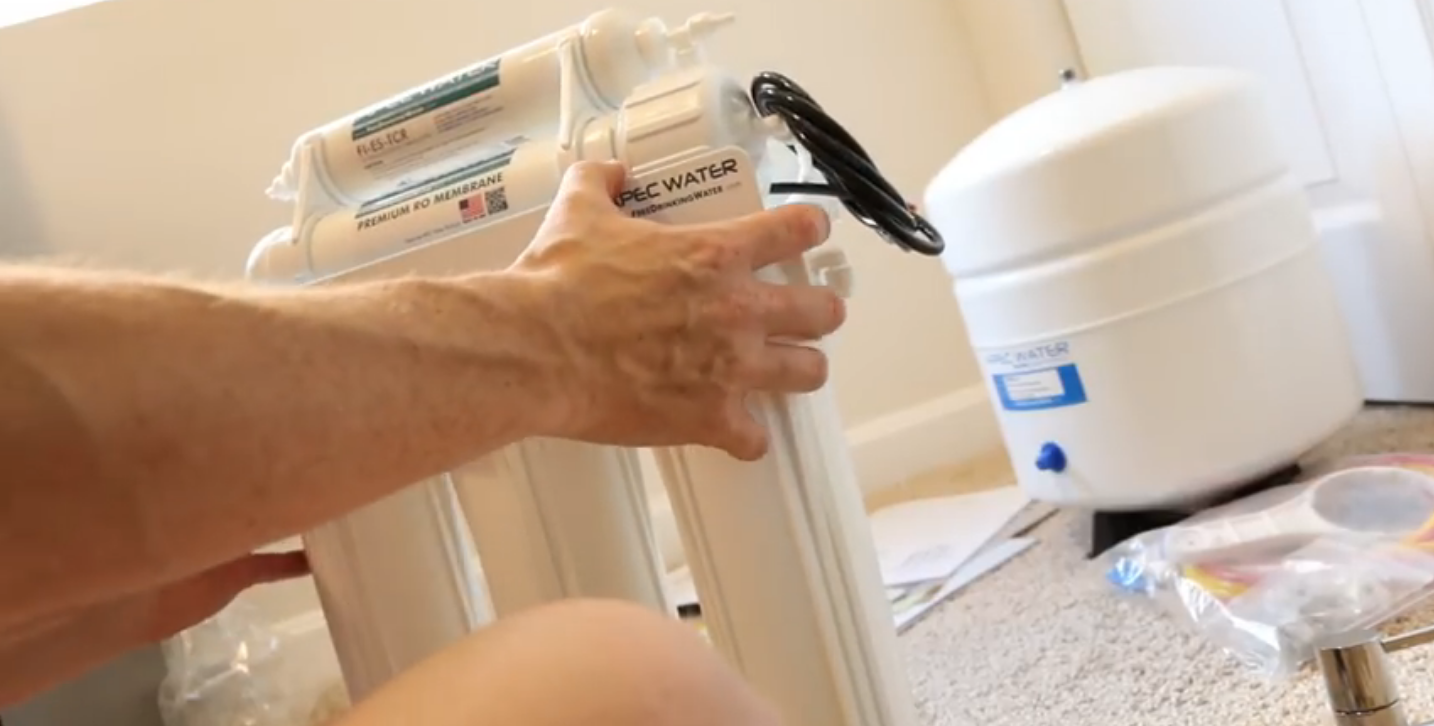What Water Filter Removes the Most Contaminants?

There are many different types of water filters available on the market. Each type is designed to remove specific elements from the water. That means the best water filter for you is likely to depend on what elements are in your water and which ones you want to remove.
To save you spending hours researching the main types of filters and what contaminants they remove, you can check out this guide.
Activated Carbon
This is one of the most popular water filters and is usually the type you’ll find in pitches and other filter jugs.
Activated carbon is simply carbon that has been heated, this opens it’s surface, dramatically increasing the area for water to flow over. As the water flows across the activated charcoal an array of contaminants are captured. These include organic compounds, chlorine, solvents, pesticides, and a variety of heavy metals.
However, this type of filter does not remove bacteria, nitrates, or any minerals that are already dissolved.
Reverse Stage osmosis
This is one of the best methods of purifying water and of making it safe to drink. In fact, a good reverse stage osmosis filter will utilize 5 stages, ensuring that a huge array of contaminants are removed from the water.
This includes nitrates, sodium, dissolved inorganic and organic compounds, pesticides, chloroform, petrochemicals, and it can even remove bad tastes and odor. A five-stage filter will combine this with activated carbon, making it one of the best options for safe water.
In short, this process can remove the most contaminants although it doesn’t remove some inorganic and organic compounds.
ION Exchange
This type of filtration is generally associated with softening water, efficiently removing calcium and other minerals such as magnesium that make the water hard.
This filtration process can also remove barium, radium, and even fluoride. However, if your water is rich in oxidized iron or iron bacteria the filter will quickly stop working efficiently.
Distillation
Technically this is not a filter but it is a means of changing the contaminant levels in your water. Distillation requires the water to be boiled. As it boils it will convert to a gas, known as steam. The steam hits a cool sheet and is directed to a secondary container. The cool sheet reduces the temperature of the steam, allowing it to return to liquid, aka water. It then collects in the designated container and can be drunk as soon as it’s cooled.
This isn’t the most practical option at home but is a useful method of getting clean safe water in the wilderness.
Distilling the water will kill bacteria and remove anything with a higher boiling point than water. That means nitrates, sodium, dissolved solids, heavy metals, organic compounds, and radionucledes.
But, distillation will not remove some volatile components, pesticides, and volatile solvents. It’s also possible for bacteria to collect on the heating elements when the distillation equipment isn’t in use.
COUNTERTOP WATER FILTER:
This is one of the most popular filters found in kitchen. A perfect alternative to faucet and undersink systems, countertop filter sits on top of the kitchen’s countertop to provide clean water. They’re portable, require minimal installation and are very effective in filtering most contaminants found in water.
According to Waterfilterspot, Berkey Filter is the best countertop water filter although there are many other brands that are equally as effective in filtering contaminants.
The right option for you must be based on what elements you want or need to get rid of.